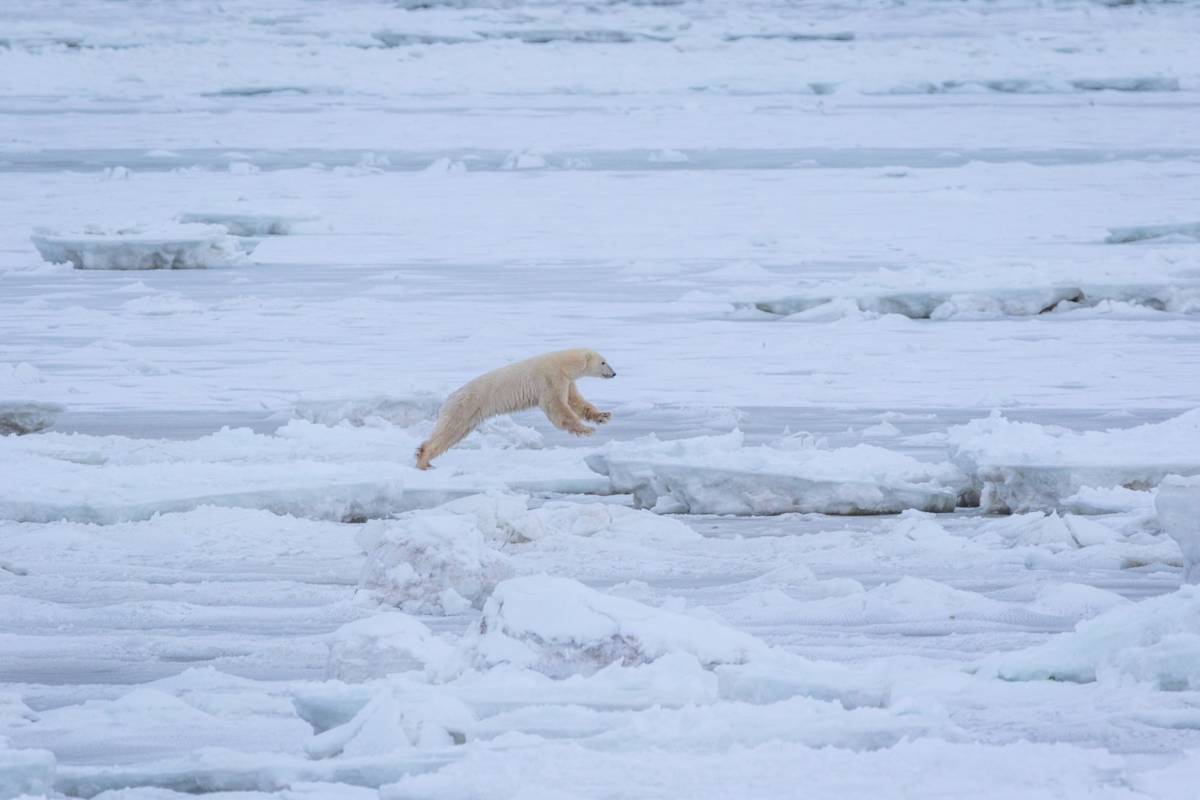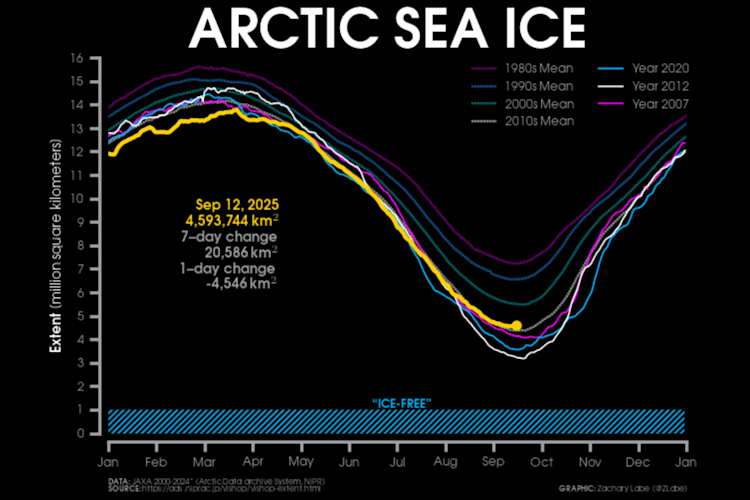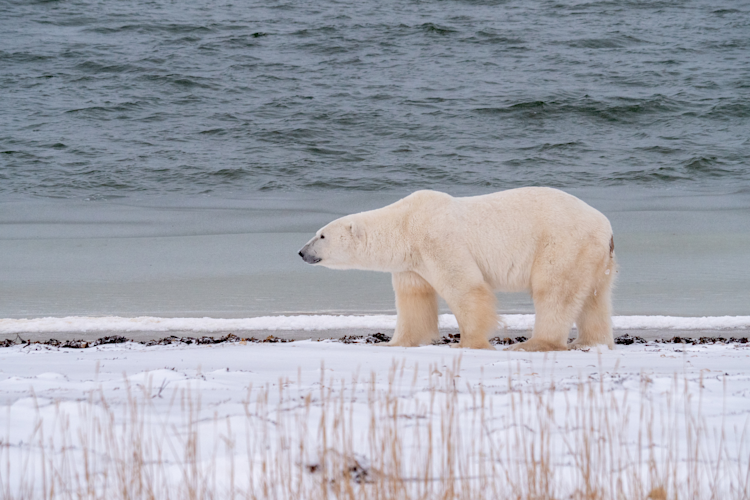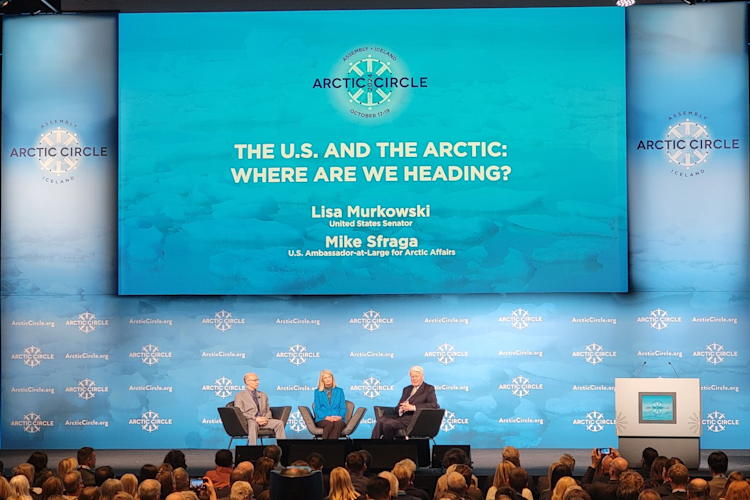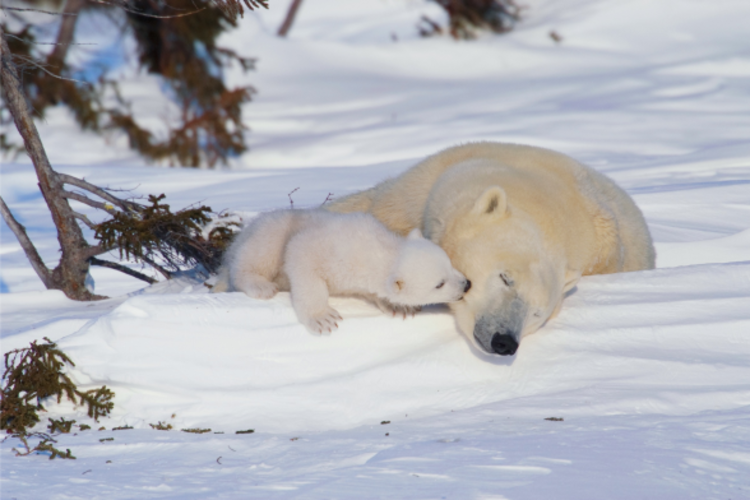Statement from the Executive Director
To protect the future of polar bears, and our own, the biggest and most important goal is reducing carbon emissions.
Yesterday, the US government announced plans to withdraw from the Paris Agreement, as it did several years earlier. Countries that are party to this international agreement on climate change pledge to reduce their emissions and cooperate on climate adaptation. What will this decision mean for polar bears?
The Paris Agreement is an important tool to reduce emissions, but it’s not the only one.
Countries, regions, cities and companies around the world have stepped up to meet or exceed emissions targets. For example, Texas leads the US in wind energy, and renewable energy capacity is growing on every continent. Thousands of companies, cities, educational institutions and financial institutions around the world have pledged to meet net zero emissions by 2030.
It's true that to reduce emissions and keep warming under control, the changes will need to be big and systemic. In particular, limiting global warming to 2°C above pre-industrial levels will be key to protecting the vulnerable southernmost polar bear populations.
You can be part of that big shift. Our toolkit gives you ways to kickstart climate action in your community, your region, and well beyond.
For our part, Polar Bears International will keep working for healthy polar bear populations now and into the future. We’re conducting research on the impacts of a warming Arctic, helping people coexist safely with bears, sharing the latest science with policymakers and providing platforms for sharing solutions.
The research shows it’s not too late to take action on climate, and every reduction in emissions helps. Let’s keep working together towards a future where polar bears, and people, can thrive.
